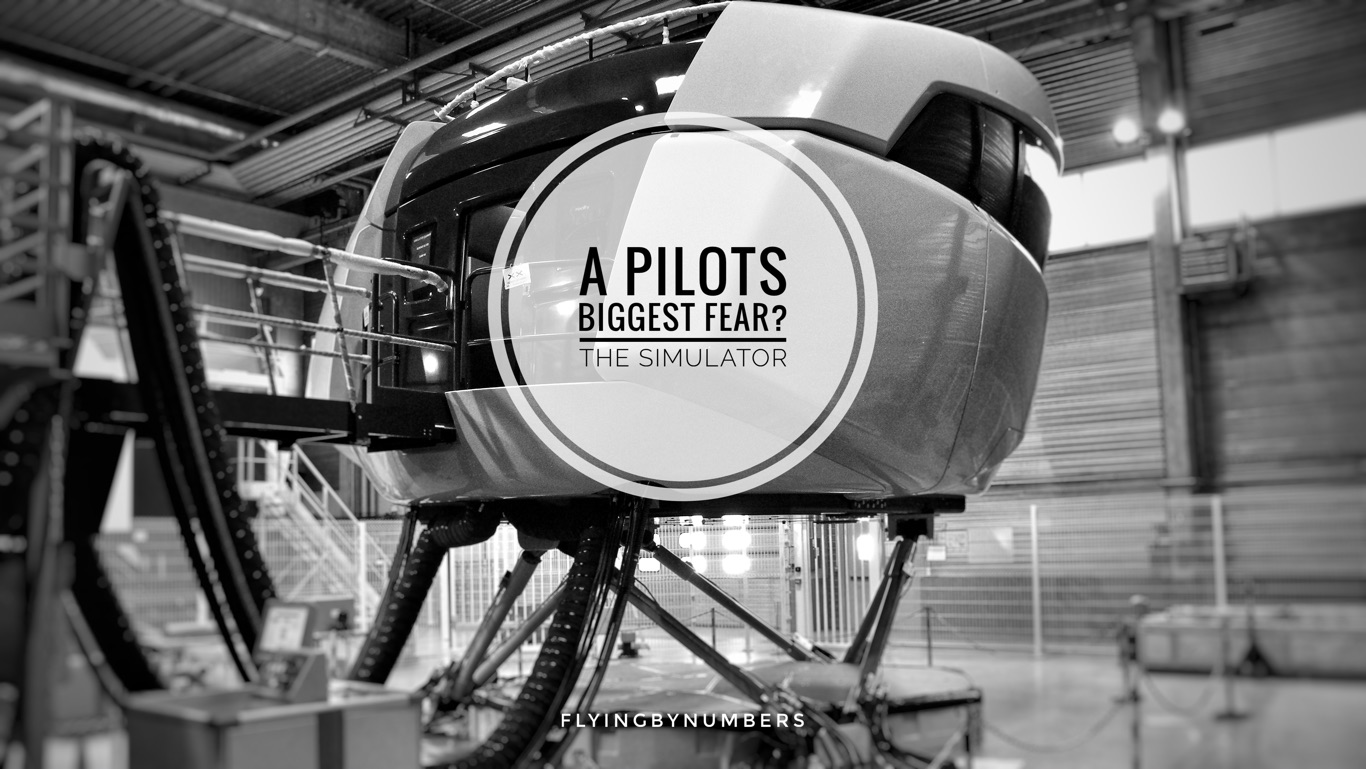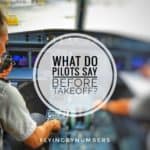When you think of a pilot’s worst fear, what comes to mind? Smoke, fire, the unknown, even a fear of heights can be some top fears mentioned by pilots.
However, if you speak to a commercial airline pilot behind closed doors, they might end up revealing a more secretive fear. It’s far less heroic, and doesn’t involve burning planes, or landing on the Hudson River (well, not in real life anyway!)
From my experience as an airline captain, by far and away, the single biggest fear for most pilots is the sim check. A sim check is a 6-monthly proficiency check that all pilots must undergo to keep their licence.
We’ll take a look at what pilots go through, some insider secrets, and why pilots fear “the box”.
What’s a sim check, and why do pilots fear it?
A sim check is a test of a pilot’s skills and abilities, to make sure they are still up to the required standard. It’s a legal requirement, with pilots asked to demonstrate a required skill set — from handling engine failures to landing in zero visibility — determined by the aviation authorities.
Normally spread over two days, sim checks consist of pre-flight briefings and questioning; several hours undergoing testing and training, alongside debriefing and feedback sessions afterwards.
Here’s an overview of what goes on:
The brief
Before the sim check, the pilots will need to arrive prepared. They will be expected to have brushed up on any changes the airline has implemented in the previous six months, alongside revisiting aircraft-specific manuals.
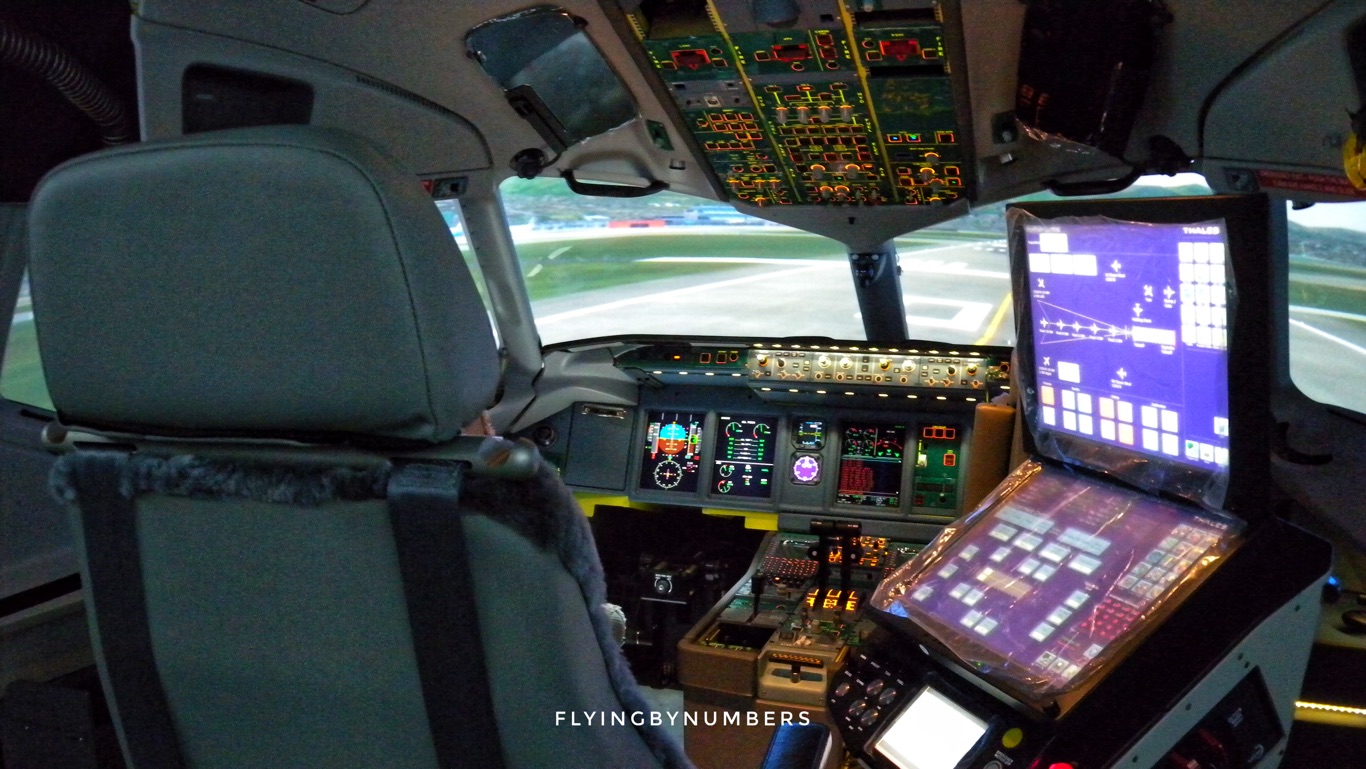
In addition, each sim check will normally have a core focus. This will either be an airline specific issue — such as a near miss event — or a topical issue raised by a global aviation incident. As an example, a sim check after a major incident such as Captain Sully’s landing on the Hudson River might focus on ditching. Pilots will be expected to have researched into this area in-depth, and be grilled on their understanding of the correct procedures.
They will meet the designated training pilot — either a captain or first officer — and receive a full brief on what the two days will cover. This will cover the legal requirements, a list of the manoeuvres that will be tested, and a reminder of the minimum acceptable standards.
This is also an opportunity for the trainer to check the pilot’s licences and medical certifications, to ensure they remain valid, alongside to ask questions.
Experiences vary depending on the airline and the individual trainer, but surprisingly phase is often one of the most feared parts of a sim check.
Pilots can be asked any number of probing questions about their knowledge of the manuals, emergency procedures, or recent events and changes. If they don’t know the answers, expect questions about their professionalism and the effort they have put into revising — it is very rare, but some pilots have failed before they even set foot into the simulator!
The simulators
Informally known as going into the box, sim checks are conducted in full motion simulators, which is an exact replica of the aircraft cockpit.
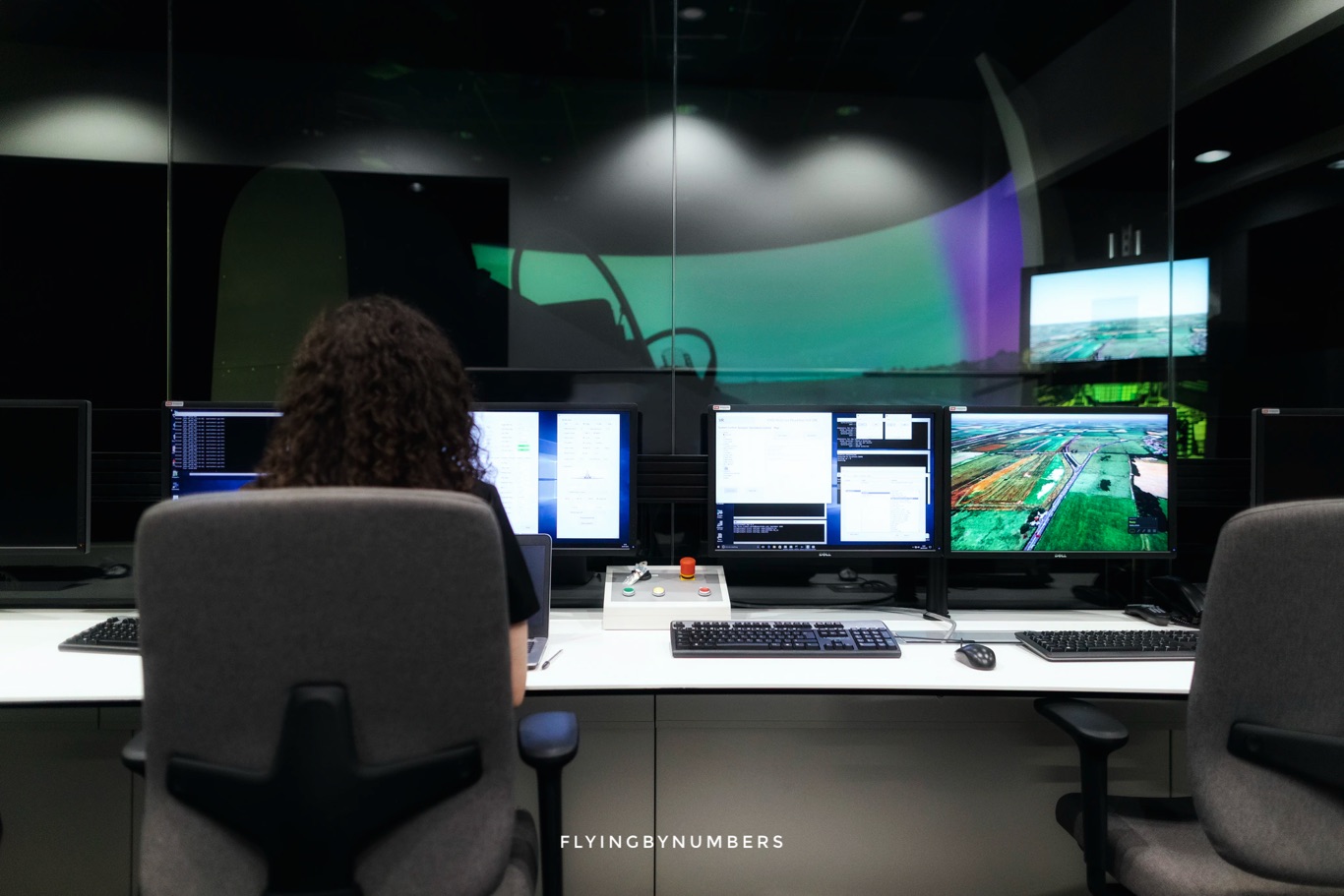
The check flight
In the simulator, pilots will be put through a series of scenarios, which can range from the simple to the downright terrifying.
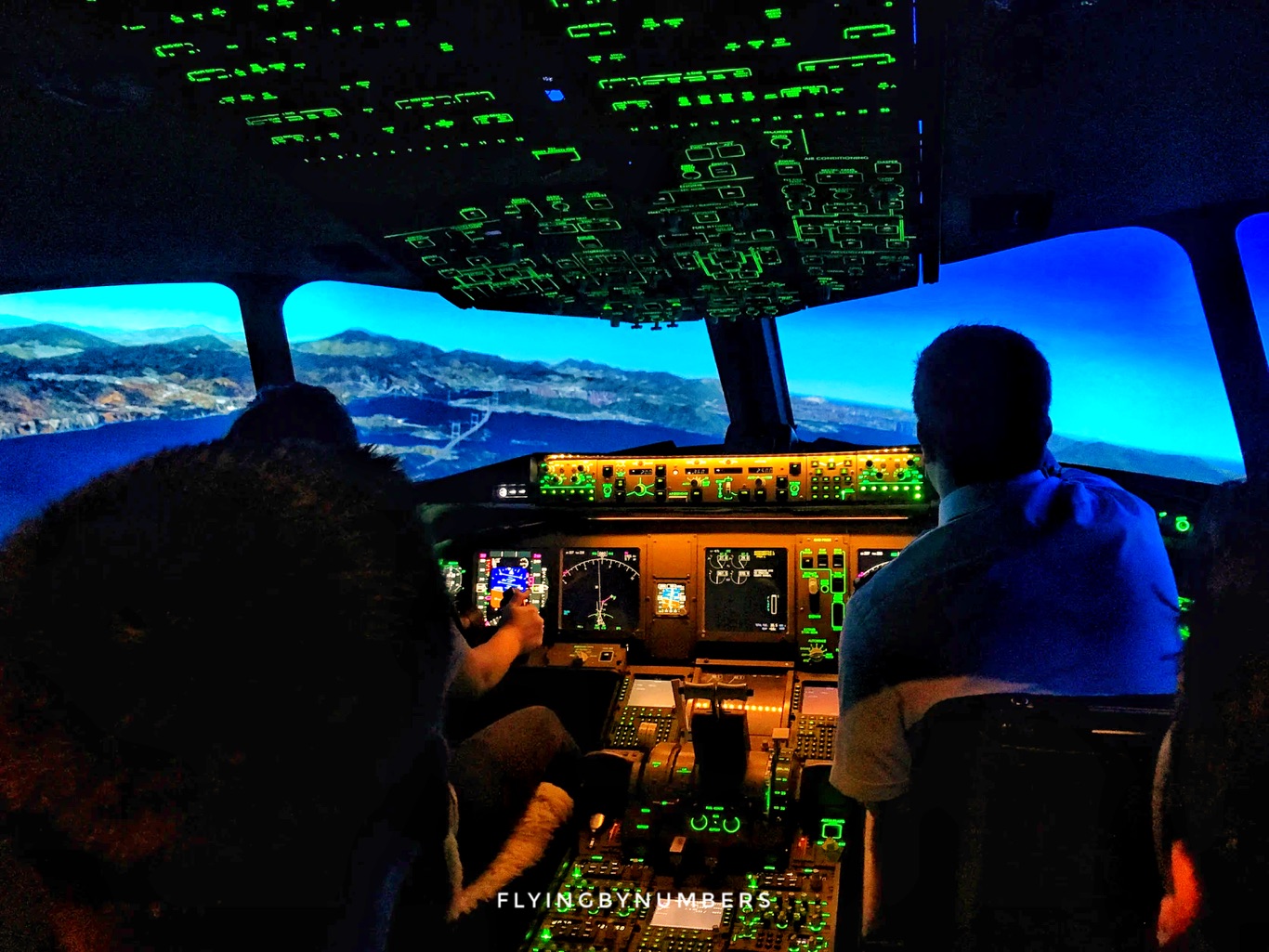
The training pilots sat in the back of the simulator will replicate air traffic control and flight attendants, generating problems for pilots that range from passenger medical emergencies to potential midair collisions.
Debriefing
For most pilots, the sim check is just another day at the office. But for some, it can be a real nightmare. Why? Because if you fail, there’s a very real possibility you could lose your job.

The debrief is meant to be an opportunity for learning, and to be fair to most training departments, it usually is. However, the very nature of having your performance examined in minute detail, before being scored and recorded for the remainder of your flying career, adds an element of jeopardy many pilots fear.
Pilots are under immense pressure to perform, and the sim check is the one time when they can’t rely on their years of experience or good judgement to avoid ending up in a difficult situation! The difficult situation will be thrust upon them, to ensure that they can cope with an unexpectedly high workload.
So, what happens if you fail your sim check?
The short answer is, it depends. It depends on the item you have failed, and how badly you have failed it, and, to some extent, the airline you work for.
Consequences might stop at simply retesting the item during the two-day sim check, and potentially a bad write-up of your performance in your file. This can escalate all the way to being formally entered into a performance management program, which may eventually result in you losing your job!
It’s a high-stakes test, with a lot riding on it. So, it’s no wonder that pilots get so nervous about it. In addition, while the two days usually pass by quickly, the detailed record of your training is fixed. All the notes, scores, and individual assessments remain for the entirety of your career.
If you ever have a major incident — regardless of what happened — be prepared for the results of a failed sim check you took 18 years ago to be the subject of heated debate!
Summary
Are sim checks really that frightening? Well, pilots who are on top of their flying skills, and who have a positive attitude to learning will usually do just fine on their sim check. While the sim check may be daunting, it’s important to remember that it’s just another day at the office. With methodological calm, and focus, most airline pilots normally do fine.
However, that doesn’t mean they’re not scary!
So, there you have it, the pilot’s worst fear revealed. The sim check is a high-stakes test that can make or break a career. With a mandatory requirement to do a sim check every six months, there’s no escape!
